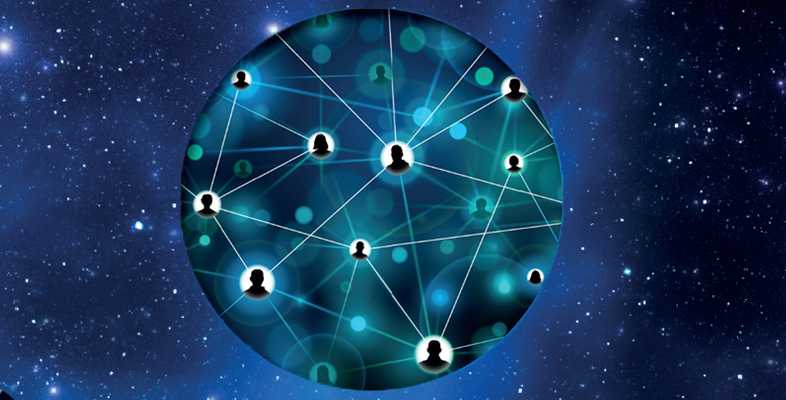3.1 What do visual illusions tell us about how we process information?
Our visual and perceptual systems work together to help us to make sense of our surroundings. Visual illusions allow us to investigate how the two systems work together and also to highlight how some of the cortical shortcuts taken can lead to an altered perception of a stimulus.
In the four parts of this activity you will get the chance to try out a few illusions before considering the underlying processes that they reveal.
Activity 4 Visual illusion of context
Some illusions inform us of the effect of context and surroundings on visual processing. In the example below, participants are asked to judge which circle is darker in colour. The circles in the centre of each of the squares appear to be different in colour: the circle on the left appears lighter than the circle on the right.
Now click on either of the arrows in the figure to remove the coloured surrounds. As you can see, both circles are the same colour.
Why might this be the case? Note down what you think might cause this illusion, or any thoughts you have on your experience of it.
Discussion
Now click on either of the arrows in the figure to remove the coloured surrounds. As you can see, both circles are the same colour. Your perception in this case is affected by the colour of the surrounding shapes. The circle on the left is surrounded by a darker colour (blue) which makes us perceive it as being lighter. The circle on the right is surrounded by a lighter colour (pink) which makes us perceive it as being darker. When placed next to one another and compared, these context effects come into play and the colours of the circles appear different. When the surrounding colours (the context) are removed, the circles are revealed to be identical in colour.
